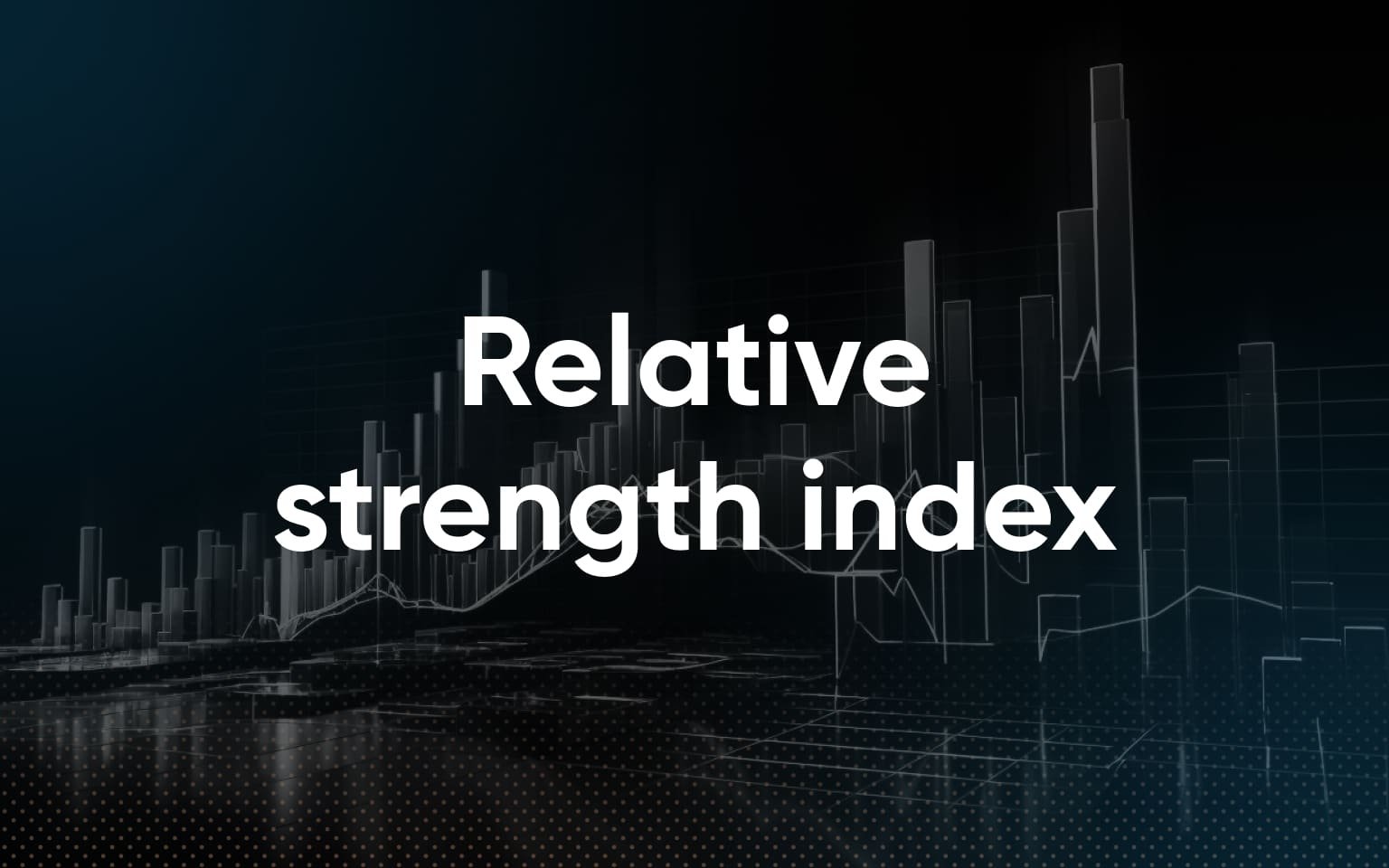
Understanding the RSI Indicator: A Comprehensive Guide for Traders
Relative Strength Index (RSI): The Ultimate Guide for Traders
Introduction to RSI
The Relative Strength Index (RSI) is one of the most widely used technical indicators in trading, helping traders identify momentum shifts, trend strength, and overbought/oversold conditions. Originally developed by J. Welles Wilder Jr. in his 1978 book New Concepts in Technical Trading Systems, RSI has since become an essential tool for day traders, swing traders, and long-term investors.
This guide will walk you through how RSI works, its best applications, trading strategies, and advanced tips to maximize its effectiveness in your trading journey.
What is RSI?
The Relative Strength Index (RSI) is a momentum oscillator that measures the speed and change of price movements over a set period. It helps traders determine whether an asset is overbought (potential sell signal) or oversold (potential buy signal).
How RSI is Calculated
RSI is computed using the following formula:
RSI=100−(1001+RS)RSI = 100 - \left( \frac{100}{1 + RS} \right)
Where:
- RS (Relative Strength) = Average gain over a period / Average loss over a period.
- The default lookback period is 14 days, but it can be adjusted to fit different trading styles.
RSI Scale and Key Levels
RSI values range from 0 to 100, with key reference points:
- Above 70: Overbought (market may be overvalued and due for a pullback).
- Below 30: Oversold (market may be undervalued and ready for a bounce).
- 50 level: Midpoint that often acts as a trend confirmation level.
How to Use RSI in Trading
1. Identifying Overbought and Oversold Levels
One of the simplest ways to use RSI is to look for signals at extreme levels:
- RSI above 70 suggests that an asset may be overbought, signaling a potential price decline.
- RSI below 30 indicates an oversold condition, meaning a price increase could be expected.
However, traders should not rely solely on RSI thresholds. Prices can remain overbought or oversold for extended periods, especially in strong trends.
2. RSI Divergence Strategy
A divergence between RSI and price action can be a powerful indicator of a potential reversal.
- Bullish Divergence: Occurs when price makes a lower low, but RSI forms a higher low. This suggests that downward momentum is weakening and a bullish reversal may occur.
- Bearish Divergence: Occurs when price makes a higher high, but RSI makes a lower high. This indicates slowing momentum and a potential bearish reversal.
Example:
- Bullish Divergence: Price hits a new low, but RSI forms a higher low → Potential buy signal.
- Bearish Divergence: Price hits a new high, but RSI forms a lower high → Potential sell signal.
3. RSI Trendline Breakouts
RSI itself can form trendlines, just like price charts. If RSI breaks a trendline before price does, it can serve as an early warning signal for trend changes.
How to Trade RSI Trendline Breakouts:
- Draw support and resistance trendlines on RSI.
- If RSI breaks out before the price, expect an upcoming trend reversal.
4. Using RSI with Moving Averages
Many traders combine RSI with moving averages for more reliable signals:
- When RSI is above 50 and price is above a 50-day moving average, it confirms bullish momentum.
- When RSI is below 50 and price is below a 50-day moving average, it confirms bearish momentum.
5. RSI Swing Trading Strategy
Swing traders use RSI to catch short- to medium-term price movements by:
- Buying when RSI exits the oversold zone (crosses above 30).
- Selling when RSI exits the overbought zone (crosses below 70).
This strategy works best in range-bound markets rather than strong trends.
Best RSI Settings for Different Trading Styles
1. RSI for Day Trading
- Timeframe: 5-minute, 15-minute, or 1-hour charts.
- RSI Period: 7 or 9 (for faster signals).
- Strategy: Look for RSI crossing overbought/oversold zones combined with price action confirmation.
2. RSI for Swing Trading
- Timeframe: 4-hour or daily charts.
- RSI Period: 14 (default setting).
- Strategy: Use divergences and RSI breakouts with support/resistance levels.
3. RSI for Long-Term Investing
- Timeframe: Weekly or monthly charts.
- RSI Period: 21 or 28 (for smoother signals).
- Strategy: Identify major overbought/oversold zones for entry and exit points.
Advanced RSI Techniques
1. RSI 80/20 Strategy
- Instead of 70/30 levels, use 80 for overbought and 20 for oversold to filter false signals.
- Works best in volatile markets like cryptocurrency.
2. RSI with Bollinger Bands
- Buy when RSI is below 30 and price is at the lower Bollinger Band.
- Sell when RSI is above 70 and price is at the upper Bollinger Band.
3. RSI Multi-Timeframe Analysis
- Look at RSI on higher timeframes (e.g., weekly chart) to confirm trend direction.
- Use RSI on lower timeframes (4-hour or 1-hour) for precise entry and exit points.
Limitations of RSI
While RSI is a powerful tool, it has limitations:
- False Signals: RSI can remain overbought/oversold for extended periods.
- Lagging Indicator: RSI is calculated based on past prices and may not predict future movements accurately.
- Better Used with Other Indicators: RSI works best when combined with MACD, moving averages, Bollinger Bands, and support/resistance analysis.
Conclusion
The RSI indicator is a must-have tool for traders, providing valuable insights into momentum shifts, overbought/oversold conditions, and potential reversals. By integrating RSI with other technical indicators and price action strategies, traders can increase their chances of success in different market conditions.
FAQs
What is the best RSI setting for cryptocurrency trading?
For crypto trading, RSI 9 or 14 with 80/20 levels works best due to high market volatility.
Is RSI effective in forex trading?
Yes! Forex traders use RSI to identify trend strength and reversals, often combining it with support/resistance levels.
Can RSI predict market crashes?
While RSI can signal overbought conditions before market crashes, it should not be used in isolation for crash predictions.





